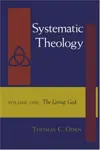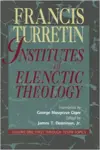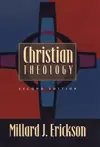
acadams
Libraries
















Reviews
The Epistles to the Colossians, to Philemon, and to the Ephesians. NICNT. Eerdmans, 1984.
What Bruce does, he does very well. His style is excellent, and his interaction with other sources is good (though now dated). He understands and explains the text. His lexical and textual notes are worthwhile. What Bruce does not do is extensive grammatical/literary analysis. For this type of analysis, you must look elsewhere. I am thrilled to see that David W. Pao is releasing a Colossians commentary this year, which hopefully will fulfill this need.
Colossians, Philemon [Withdrawn]. WBC. Thomas Nelson, 1982.
The commentary itself is excellent - O'Brien is consistently insightful and helpful - but the formatting of this commentary is absolutely atrocious. What do the editors of the WBC have against footnotes? Why did they think that three or four line parentheses separated by half a line of text was an acceptable way to handle O'Brien's style? Frequently a single sentence is interrupted by two or more parenthetical remarks which should have been placed in notes, and the reader struggles to follow the author's argument. If you can overcome this problem, the commentary is worth your time.
1–3 John. BECNT. Baker Academic, 2008.
Yarbrough's analysis of the text and of the scholarly literature are both excellent. As a pastorally-minded academic, he is concerned to convey the same applicability of the age-old message that suffuses John's letters. At the same time, as a scholar, Yarbrough is concerned to handle the secondary literature thoroughly. One area of weakness is the BECNT formatting, which is a matter of personal preference I suppose. Another, however, is the author's sometimes awkward translations, which become a distraction on occasion. The author's exegesis and exposition always make sense of his phrasing, and the issue is minor, but distracting nonetheless.
Revelation. BECNT. Baker Academic, 2002.
Excellent in every way except for the BECNT formatting, which of course Osborne did not design.
The Book of Revelation. NIGTC. Eerdmans, 1998.
Excellent, but often too sure of himself. Osborne is more even-handed with interlocutors.
